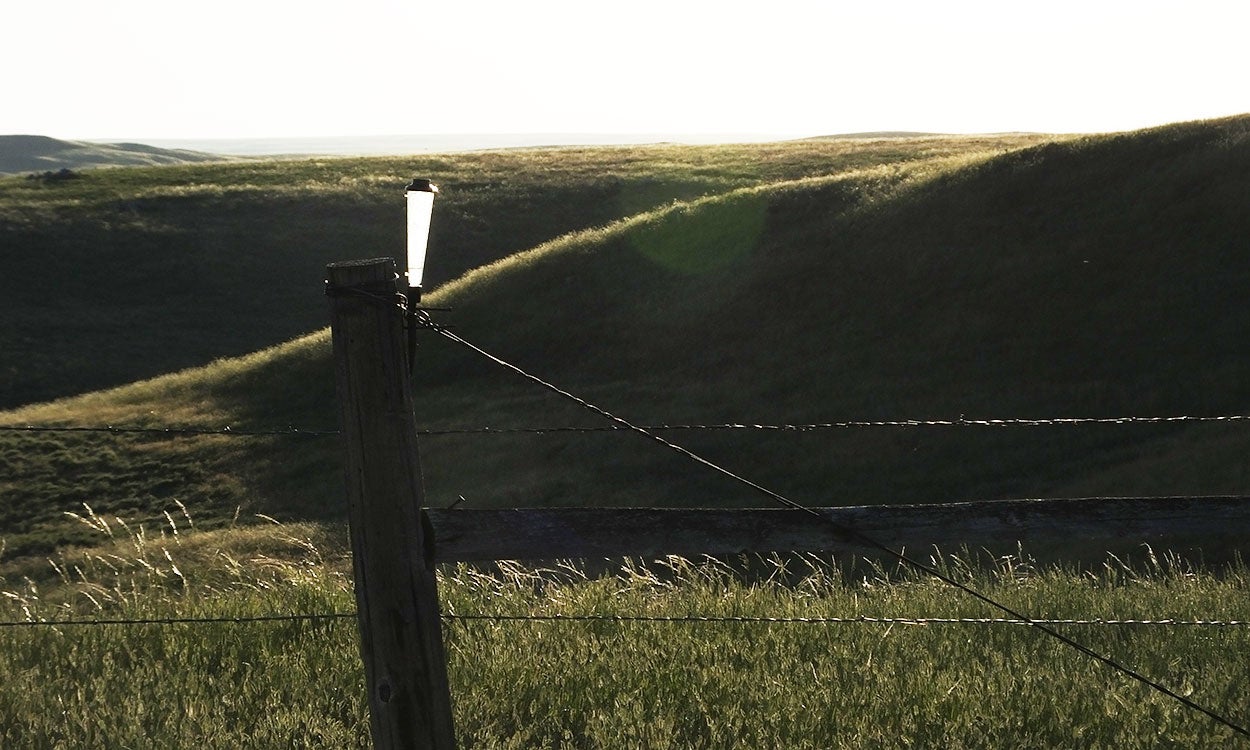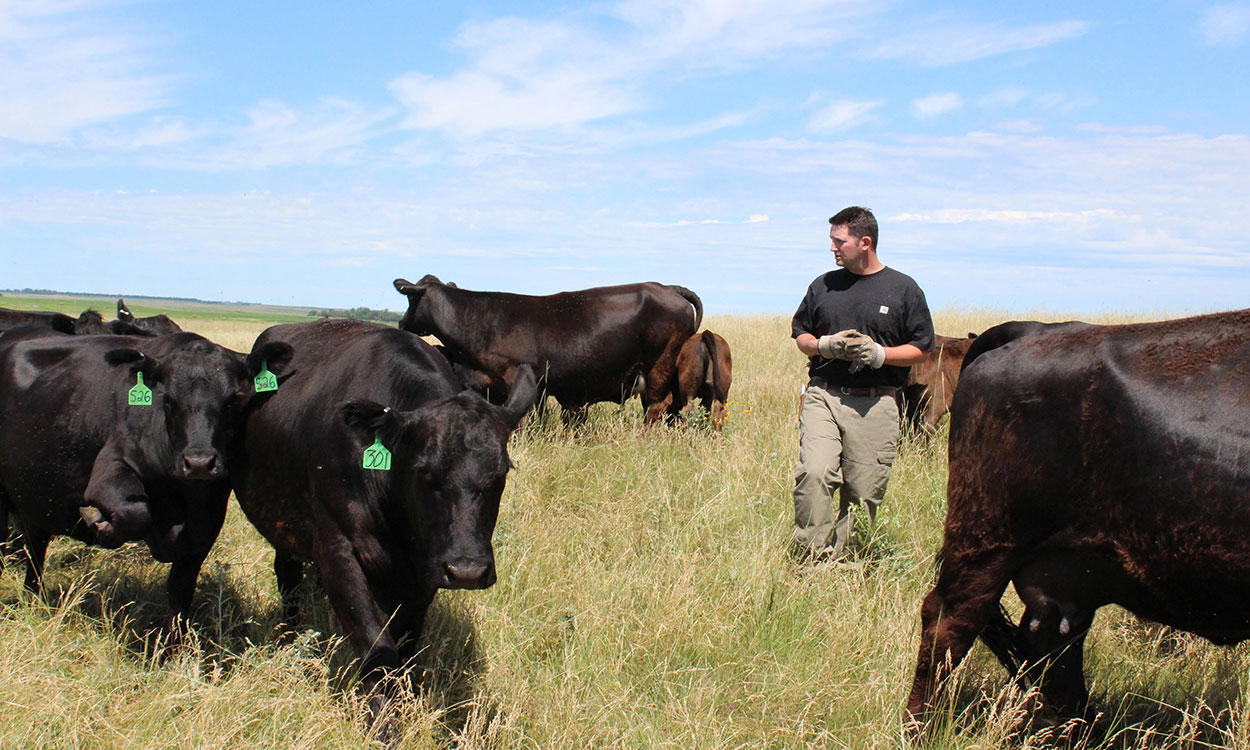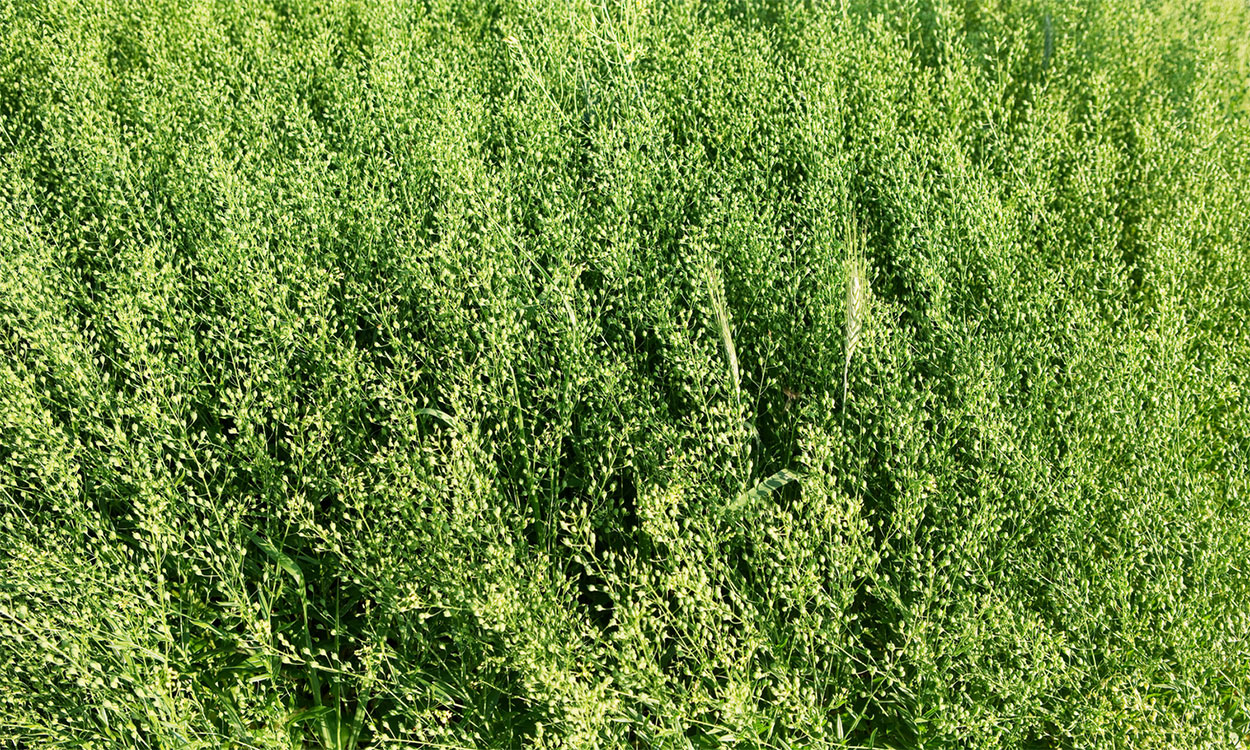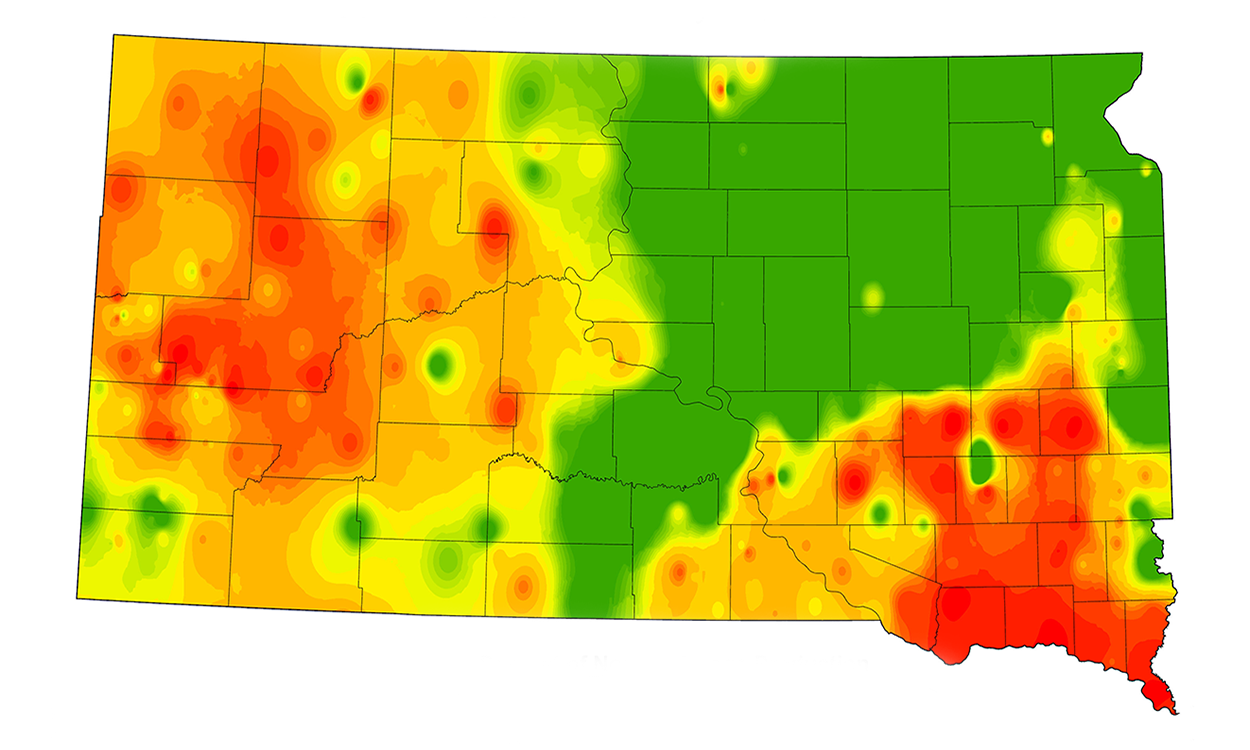Search

Five Range Management Principles: Overview
The goal of the Regenerative Rangelands program is to educate landowners and producers on grazing management and other decisions that impact the sustainability of their ranching operation.

The Power of Women as AgVocates Rescheduled to March 4 and 5
February 08, 2022
The Power of Women as AgVocates Conference has been rescheduled for March 4-5, 2022 in Fort Pierre, South Dakota at the Casey Tibbs Rodeo Center and the Missouri Avenue Event Center in Pierre.

Management-Intensive Grazing Plays a Key Role in Expanding Grass-Based Agriculture
By improving livestock carrying capacity and reducing feed costs, grazing strategies at greater management intensity have the potential to improve grass-based livestock production profits.

Spring and Winter Camelina in South Dakota
In the semi-arid, western portion of South Dakota, camelina has potential value as a fall-seeded cover crop, providing flexibility in crop rotations for improving soil health.

SDSU Extension Accepting Applications for beefSD Program
May 24, 2022
Participation in the beefSD program is an excellent opportunity for beginning producers to increase knowledge and understanding of all aspects of the beef industry, while developing the skills needed to be successful beef business managers.

SDSU Extension to Host West River Field School June 29
June 08, 2022
The West River Field School will focus on the diverse nature of agriculture in western South Dakota and provide attendees with an opportunity to learn in a hands-on environment with SDSU Extension specialists.

Boom Sprayer Calibration
Fact sheet on calibrating a boom sprayer to minimize damage to plants and reduce environmental impact

Herd Inventory Centers on Feed Available
With drought conditions continuing across the state, livestock producers will be making hard decisions on livestock inventory numbers as pasture and feed availability become an even more significant factor.

Factors That Influence Plant Development and Growth
Year-to-year variability in climate can result in large swings in annual forage production for livestock producers. Learn some key considerations to observing and mitigating the effects of this variability.

Range Beef Cow Research: Rangeland Soil Health
For rangelands to maintain productivity and produce adequate levels of forage, soil health must be sustained and function properly.